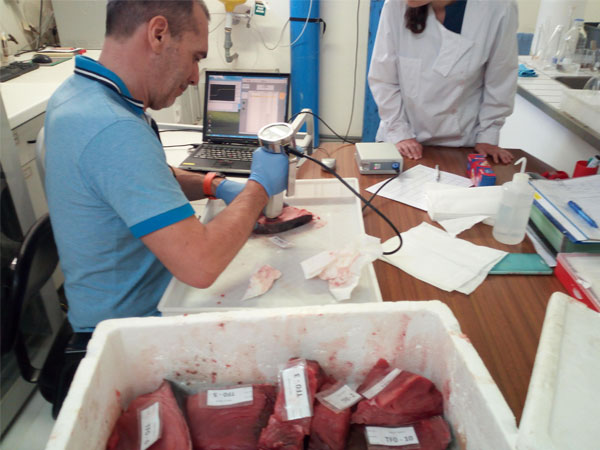SEATRACES PUBLICATION
Ángela Melado-Herreros, Sonia Nieto-Ortega, Idoia Olabarrieta, Graciela Ramilo-Fernández, Carmen G. Sotelo, Bárbara Teixeira, Amaya Velasco, Rogério Mendes
Abstract:
Bioelectrical impedance analysis (BIA), near-infrared (NIR) spectroscopy and time domain reflectometry (TDR) were compared as non-destructive techniques, coupled with a classifier based on partial least square discriminant analysis (PLS-DA), to assess added water detection in a seafood model: tuna. Three classification models were developed for each technology in unfrozen, thawed and in a combination of both stages to distinguish between added and non-added water samples.

Results were acceptable for the unfrozen stage with all the technologies, giving TDR the best performance (accuracy = 0.95; error rate = 0.06). However, results on the model for thawed stage were not satisfactory, due to the behavior of water during the freezing-thawing process in both types of samples (with and without added water). For the combined model, NIR failed in the classification (accuracy = 0.68; error rate = 0.32), BIA gave acceptable results (accuracy = 0.72; error rate = 0.28) and TDR made a good classification (accuracy = 0.87; error rate = 0.12).
Journal: Journal of Food Engineering